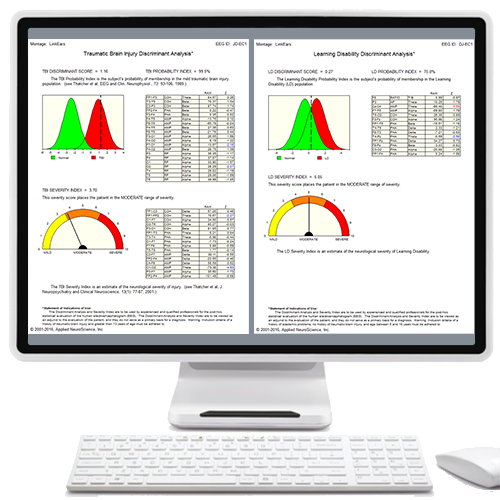

Period-dependent, galvanic and inductive distortions were observed at different sites. The distortion introduced by topography was computed for each site using homogenous and heterogeneous models with actual topographic variations. Based on this study, we established the general character of the terrain and established where terrain corrections were necessary. Terrain corrections in the MT impedance responses for 39 sites along the Roorkee–Gangotri profile in the period range of 0.01 s to 1000 s were first estimated using a synthetic model by recording the topography and locations of MT sites.
NEUROGUIDE SYMPTOM NETWORK RADAR MAP CODE
We used AP3DMT, a 3D MT data modeling and inversion code written in the MATLAB environment.

In the present paper, we implemented terrain corrections in MT data recorded from the Garhwal Himalayan Corridor (GHC). Such responses, if not corrected, may lead to the incorrect interpretation of geoelectric structures. However, in hilly terrains, e.g., the Garhwal Himalayan region, due to the highly undulating topography, MT responses are distorted.
/cloudfront-ap-southeast-2.images.arcpublishing.com/nzme/YHPIQDRDJZ2BENGUJWWJHOP3CU.jpg)
The magnetotelluric (MT) method is one of the useful geophysical techniques to investigate deep crustal structures.
NEUROGUIDE SYMPTOM NETWORK RADAR MAP PDF
To view the papers in pdf format, click on the "PDF Full-text" link, and use the free Adobe Reader to open them.


 0 kommentar(er)
0 kommentar(er)
